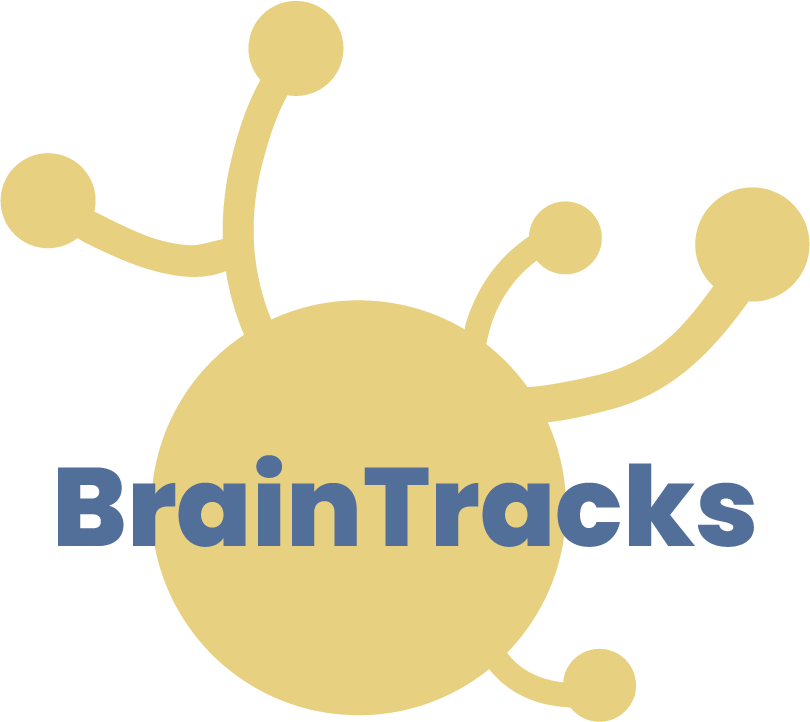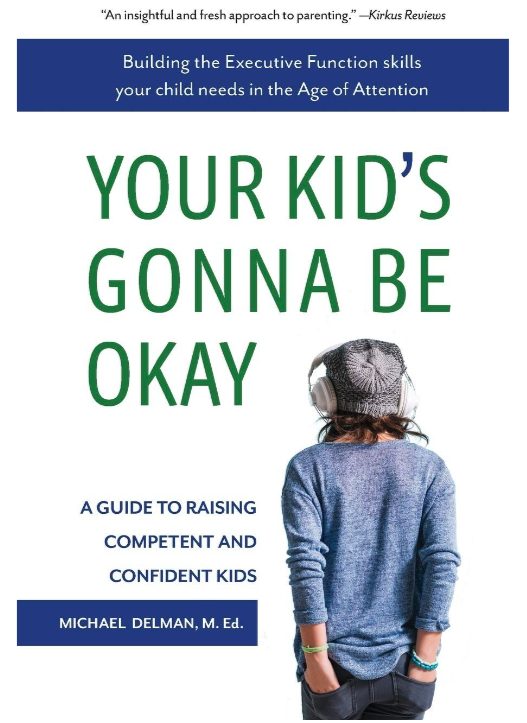Excerpt from Chapter 2: Winning Approaches - How Parents Can Facilitate Change
As parents and educators, we often find ourselves navigating the complex terrain of our children's development. Just like a relay race, they progress through different stages, each presenting unique challenges and opportunities. That is why this week’s book excerpt is about the Stages of Change! Michael Delman explains:
“A helpful perspective comes from the work of Dr. James Prochaska and his colleagues, who developed the Transtheoretical Model of Change. They discovered several stages people go through in adopting new behaviors for long-term change. Understanding these stages can allow those of us who want to help, including parents, have a better idea of what to do and say to be more supportive and to facilitate change, or at least not to impede it…. These stages are Precontemplation, Contemplation, Preparation, Action, and Maintenance, and are explained in detail below.”
If your child is at the stage of Contemplation—somewhat open to change but not fully committed—you're witnessing a crucial moment of potential transformation. Over the next five weeks, we will showcase a fresh excerpt from the book, addressing strategies that both parents and teachers can employ to nurture Executive Function Skills in their students. Remember to join us next week for another excerpt!
Below, get a sneak peek with an exclusive excerpt from ©Your Kid’s Gonna Be Okay: Building the Executive Function Skills Your Child Needs in the Age of Attention. Reprinted here with the permission of author Michael Delman.
Your Kid’s Gonna Be Okay: Building the Executive Function Skills Your Child Needs in the Age of Attention book cover.
Stage 2. Contemplation: How to Encourage an Ambivalent Kid
If your child is somewhat open to making changes but has not committed to it, they are in the stage known as Contemplation. To continue with the race analogy, your child is now observing the relay races. Perhaps they’ll participate in the race, perhaps not. To do, or not to do—that is the question. What is common at this stage is to hear comments like, “Yeah that’s probably a good idea,” or “I could do that, but . . .”
What is happening here is that our kids have not yet found sufficient motivation or confidence to overcome their inertia. While they are beginning to realize some of the potential negatives of their behavior and are now less anxious and frustrated, they are still ambivalent. They know that making a change is probably for the best, but they are also put off by the extra effort required, especially without a guarantee of success.
In addition, they may or may not be aware of the more complex ramifications that may be holding them back. For example, they may be worried about failing and the embarrassment they will feel if they actually try. They may worry that success will put pressure on them to continue succeeding, a pressure they do not currently feel, since they are not trying. There are many reasons why our kids can get stuck in the Contemplation stage for a long time. Because of this ambivalence, because they are not entirely motivated, our kids also remain vulnerable to distractions.
Still, this stage is a considerable step forward from the previous stage, in which they refused to consider the possibility of doing things differently. We do not need to be quite as delicate with them in this stage as we were when they were emotionally triggered. We can encourage, we can teach, and we can challenge them a bit when they have reached this stage. Unlike those in the Precontemplation stage, people in the Contemplation stage are willing to have a conversation about whether or not to change. When our children are stuck here, the exercise ahead in figure 5 can help them see why changing any major habit—with regards to homework, extracurriculars, exercise or something else—makes sense. Doing this sort of exercise can generate a shift in mindset and an infusion of energy that our kids will need as they move into Preparation.
®Something to Try . . . When You Want Your Child to Reconsider a Decision
Ask your child for a good time to talk through something on your mind. The conversation is not optional, but the time and place are. Having the chat over an ice cream might not be a bad idea . . . Begin by confirming that they are indeed somewhat open to changing a certain behavior (how they study for tests, whether they go in for extra help, and so forth). If you get an “I guess,” you’re on the right track. If you get outright opposition, abandon this exercise and go back to the previous section on Precontemplation. If you get considerably more enthusiasm, well, you can continue (at least with the ice cream), but your child may already have advanced to the next stage, which is Preparation.
Assuming that you’ve got it right, that your child is fairly open to making a change but also not yet committed to it, make a four square Decisional Balance Sheet (see figure 5 for an example of one we did with one of our students) to walk them through the pros and cons of both making a change and doing things the way they currently do. The order matters:
Step 1. Pros of staying the same
Step 2. Cons of staying the same
Step 3. Cons of making a change
Step 4. Pros of making a change
It’s important to begin with the pros of staying the same, as that prevents the person from feeling forced into changing their mind. Then, looking at the cons of staying the same is next; they will perceive this as reasonable, even expected. Since your child is in Contemplation, not Precontemplation (and so not emotionally opposed), they will likely go along with this step. Step 3 is an easy sell, listing the cons of changing. Your child will be surprised to have this opportunity to list all the reasons why they should not put in more work, not try to be more effective, and so forth. It’s fun to be contrary. Feel free to participate, especially by adding in slightly ridiculous reasons that make them laugh. The final step, step 4, is to list the pros of changing. It’s best to let your child lead here and to ask permission to add your own. You don’t want to seem too enthusiastic, or the entire activity will feel manipulative. While we may hope that our kids will yell “Eureka!” and decide to make the change right then and there, it’s more likely that this exercise will be part of a gradual shift. It will take some back and forth before they finally settle into the real decision to start now. At that point, they have shifted to the next stage, Preparation.
Want to read more? Your Kid’s Gonna Be Okay is available for order through your favorite online bookstore. You can also return next week for another exclusive excerpt from the book!
Educators can help students build their Executive Function Skills, and BrainTracks can help! Learn more about BrainTracks’ school programs.
Head to our parent company’s site if you are looking for 1:1 Executive Function coaching.



